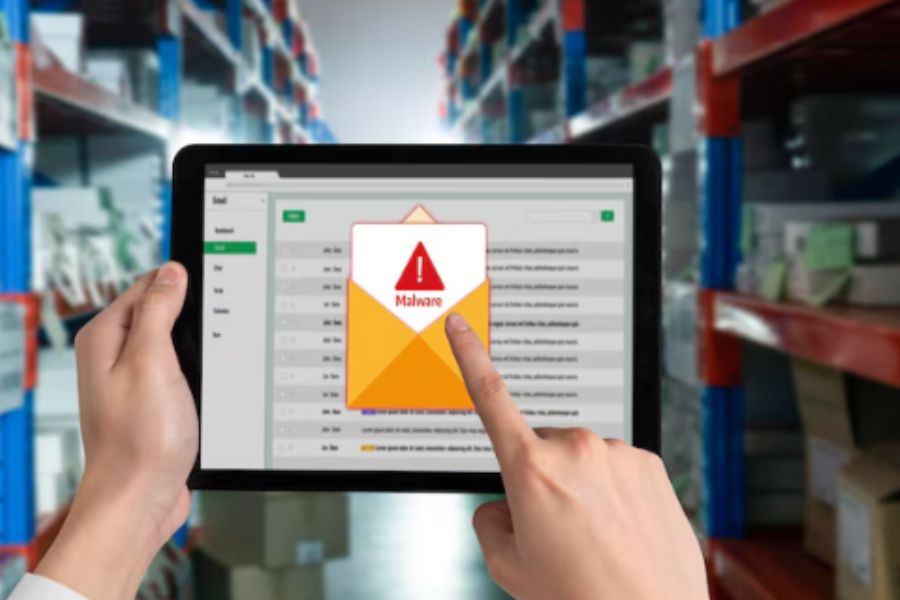Embarking on a NetSuite implementation journey? Look no further! Our comprehensive guide will walk you through each step of the process, ensuring that your NetSuite implementation is a resounding success. Whether you’re a seasoned professional or new to the world of ERP, our step-by-step approach will provide you with the insights and strategies needed to navigate this intricate terrain.
A Step-by-step Guide for Your Netsuite Implementation
Exploration
To draw a parallel with essay writing, the exploration phase corresponds to the research segment of the project. During this stage, crucial inquiries are raised and addressed.
- Key objectives are pinpointed.
- The project’s scope is defined.
- Potential integration systems are identified.
- Migration systems are singled out.
- A comprehensive NetSuite gap analysis is conducted, and options for customization are deliberated.
- An internal team completes a Business Process Questionnaire (BPQ).
- Requirements and business procedures are thoroughly examined.
A comprehensive BPQ questionnaire serves as a linchpin for a successful exploration phase. Our current questionnaire encompasses more than 80 inquiries. The internal team should endeavor to provide intricate particulars to facilitate a seamless transition.
Arrangement
The phase of planning sets in motion the schedule, pinpoints critical assets, and allocates duties to both internal and external teams.
- Essential team participants and their respective roles are defined (project manager, executive sponsor, subject matter experts, developers, analysts, and any others required).
- Integration of key users is initiated (controller, CIO – Chief Information Officer, and other relevant roles).
- A project timetable is formulated, encompassing regular status meetings on a weekly or monthly basis and pivotal milestones.
- Process engineering is engaged to outline the transformation of existing procedures into new ones compatible with NetSuite.
- The Business Requirements Document (BRD) is finalized, meticulously reviewed, and endorsed by principal stakeholders.

Implementation
This marks the point where direct engagement with the NetSuite software begins.
- Transition data from the prior system, as necessary.
- Establish crucial NetSuite processes such as “procure-to-pay” and “order-to-cash,” along with other business-tailored processes delineated during the planning stage.
- Arrange the chart of accounts and account balances.
- Adjust NetSuite settings encompassing accounting, shipping, cost, and security preferences.
- Configure NetSuite module settings by the prerequisites defined in preceding phases.
- Construct automation, integrations, workflows, and customizations in alignment with specified needs.
- Define roles and permissions.
Training
This step is frequently undervalued, yet it emerges as a pivotal determinant of implementation triumph following the withdrawal of external resources.
If users are inadequately trained, expecting them to leverage the application post-expert involvement becomes implausible. Put simply, this expectation falls short. Effective training equips users to hit the ground running and promptly detect issues in NetSuite functionality.
Training sources encompass:
- Courses extended by NetSuite
- Exclusive training programs provided by NetSuite partners
- Tailored workshops and user-focused training materials arranged by the implementing partner
- Online tutorials and instructional resources
Commencing the training regimen during the execution phase, before the testing stage, proves optimal. This sequence affords users more time to familiarize themselves with the platform before finalizing their endorsement that the implementation aligns with the requirements.
Testing
The testing phase constitutes another aspect of the NetSuite implementation process that frequently goes unnoticed. Thorough testing is imperative to ensure that the outcome aligns with the predefined business requisites delineated in the BRD. The number of testing stages can vary, contingent upon the business’s demands.
- Scenario Validation – The development and external teams validate that all the processes and customizations established in the execution phase adhere to the requisites outlined in the BRD.
- User Validation Testing – Users assess the processes and customizations enacted during the execution phase. This underscores the rationale for initiating training before the testing stage. After all, how can users scrutinize the implementation team’s work if they lack comprehension of NetSuite’s functioning?
Go Live
Hold your breath and “activate the switch.” This is the moment of truth, where you determine if all the diligent effort and meticulous planning have yielded results, as you commence authentic deployment of NetSuite for tangible business functions.
Post-Go-Live-Support
Maintain a close connection with those external resources over the upcoming months, as issues that might not have surfaced during testing and initial deployment could emerge later on.
Additionally, attaining optimal ROI from the platform is an ongoing journey, entailing continual adjustments and upgrades in the years ahead. If your implementation partner has guided you to this point, retaining their involvement is prudent, as they possess the deepest understanding of your ecosystem for discussions regarding forthcoming enhancements.
The Right Implementation Approach
Three main avenues exist for NetSuite implementation: self-implementation, direct implementation, and partner-led implementation. Each path presents its own set of benefits and drawbacks, and making the appropriate choice for your business holds paramount importance in guaranteeing a prosperous implementation endeavor.
Self-Implementation
Opting for self-implementation due to its cost-effectiveness is prudent, yet it’s cautioned against unless coupled with prior expertise and a committed in-house team. The triumphant design, configuration, and deployment of intricate business applications necessitate both skill and substantial resources.
Venturing into self-implementation without the essential knowledge and backing can result in expensive errors and delays, ultimately undermining the triumph of your NetSuite implementation endeavor.
Direct Implementation
Engaging in direct implementation entails collaboration with NetSuite’s team to facilitate the implementation procedure. This approach proves fitting for conventional setups that don’t demand extensive customization or intricate intricacies.
Nevertheless, a drawback of the direct implementation approach is its absence of inherent post-installation support.
Partner Implementation
Partner implementation offers the most comprehensive alternative, providing heightened expertise and sustained post-launch assistance.
When deciding on a NetSuite implementation partner, evaluating their proficiency and industry background becomes imperative. An experienced team of collaborators can furnish invaluable insights and optimum practices, guaranteeing a seamless implementation course. However, this path also necessitates a considerable allocation of time and resources, underscoring the significance of selecting the ideal partner for your enterprise.
The point-of-sale solution ConnectPOS excels as an exceptional NetSuite implementation partner for several compelling reasons. With a wealth of expertise, a deep understanding of diverse industries, a proven track record of successful implementations, and a flexible approach that tailors solutions to your unique business needs, ConnectPOS ensures a seamless integration process and maximizes the potential of your NetSuite implementation.
In Conclusion,
Navigating the process of a NetSuite implementation doesn’t have to be a daunting task. With our step-by-step guide, you’re equipped with the knowledge to make informed decisions and drive your implementation toward success.
Should you have any questions, need additional guidance, or wish to explore further, please contact us. Our team of experts is here to assist you as best as we can, ensuring that your NetSuite implementation becomes a seamless reality. Your journey to a streamlined business operation starts here – reach out today!



